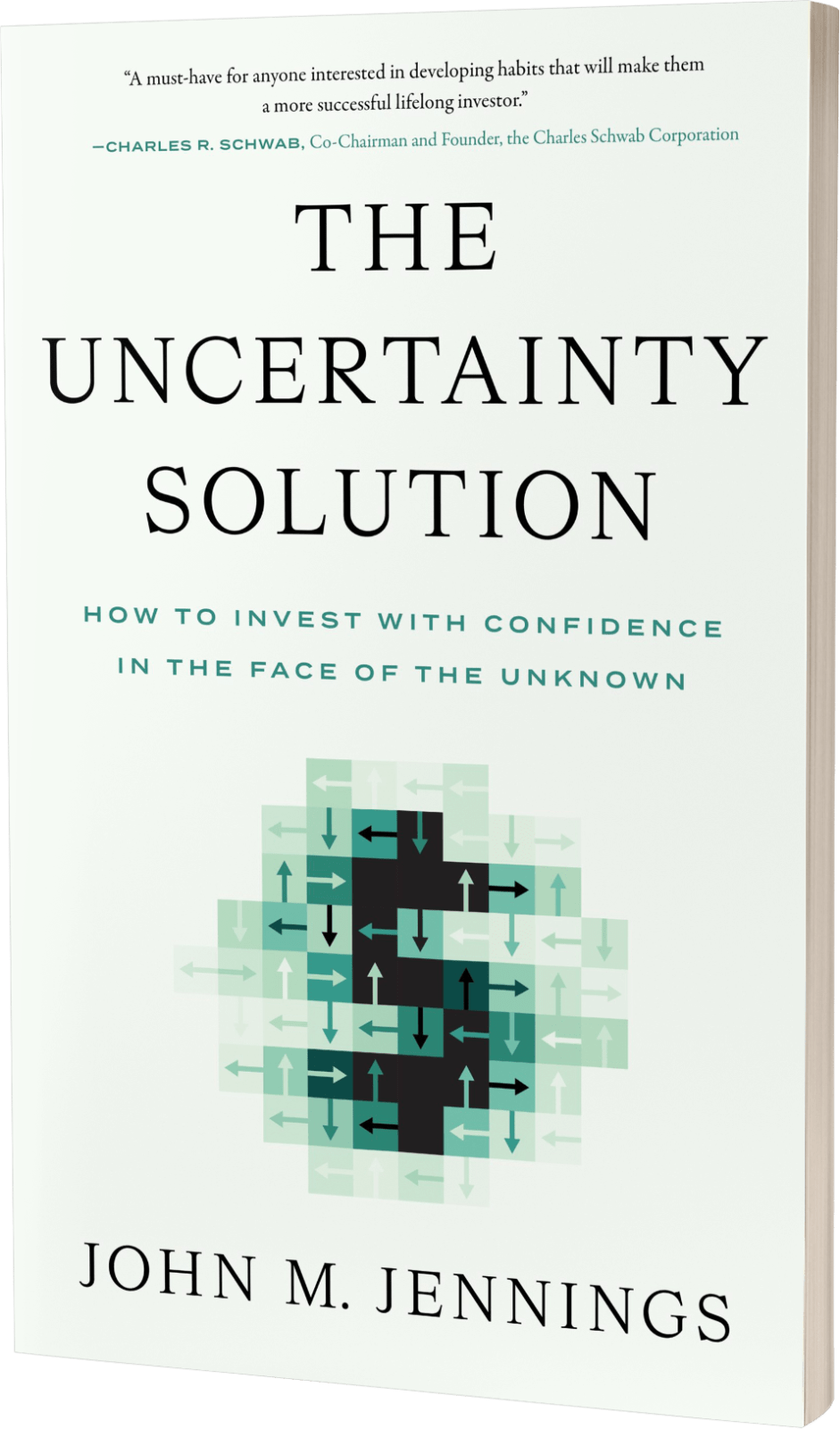
Snoozing and probably dreaming of calculus
Our dog Dylan loves to sleep. Often when he sleeps his paws twitch and sometimes he whimpers or barks in his sleep. Is he dreaming about chasing squirrels, chewing a bone, being petted? Does he have bad dreams?
Scientists believe that most, if not all, vertebrates dream. The primary study of animals and dreaming was performed on rats by researchers at MIT. The researchers recorded the neural activity of rats while running repetitive maze activity. Then, during sleep when the rats entered the stage of sleep where humans normally dream the rats’ brains produced the same brain wave patterns as when they were running the maze, suggesting that like humans rats likely dream about their days. A control group of rats who didn’t run the maze showed different brain wave patterns during dreaming than the maze runners. One of the researchers concluded: “The animal is certainly recalling memories of those events as they occurred during the awake state, and it is doing so during dream sleep and that’s just what people do when they dream.” If rats dream then it’s likely that other mammals do as well.
Dogs generally sleep more than humans do, usually with more frequent, but shorter sleep cycles. Just like humans dogs cycle through REM and non-REM light and deep sleep. Humans dream more often and more vividly in REM sleep and the same is likely true of dogs.
Dogs typically enter into REM sleep about 20 minutes into a sleep session. Part of the brain stem called the “pons” keeps mammals, including humans and dogs, from acting out their dreams by paralyzing the large muscles. In one experiment the pons was temporarily disabled in subject dogs which allowed them to act out their dreams. The conclusion from this study was that “What we’ve basically found is that dogs dream doggy things . . . Pointers will point at dream birds, and Doberman Pinschers will chase dream burglars. The dream pattern in dogs seems to be very similar to the dream pattern in humans.”



0 Comments